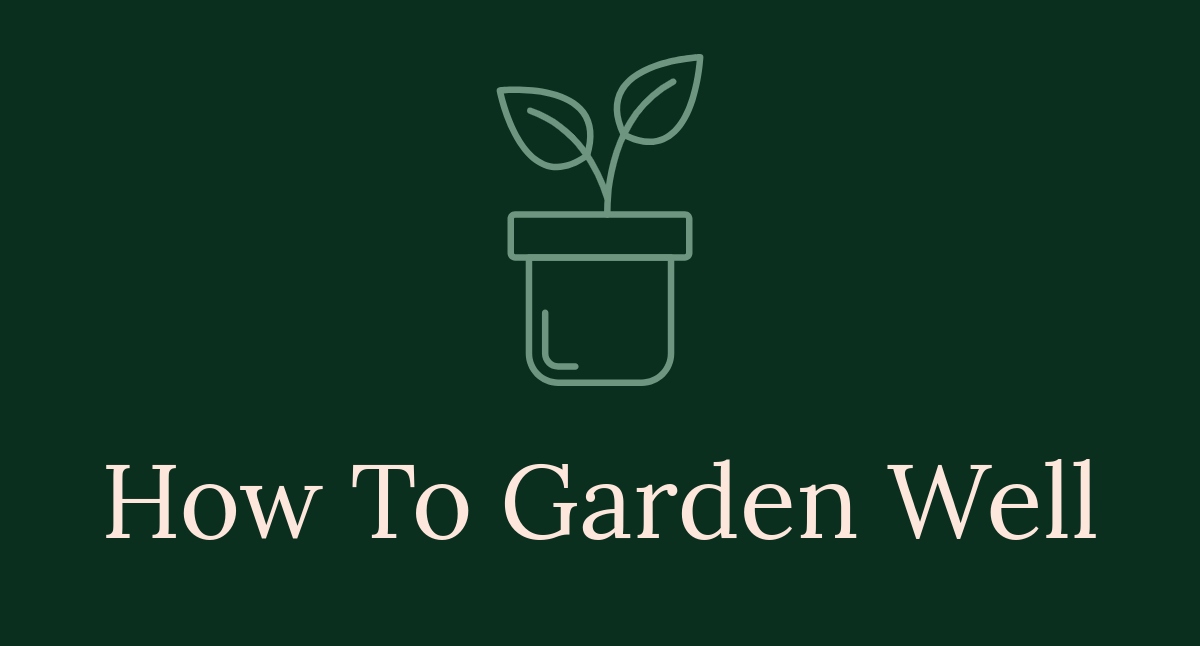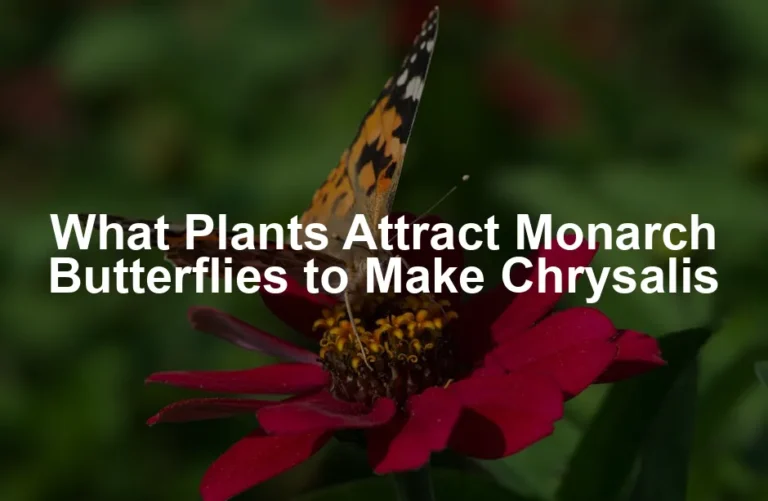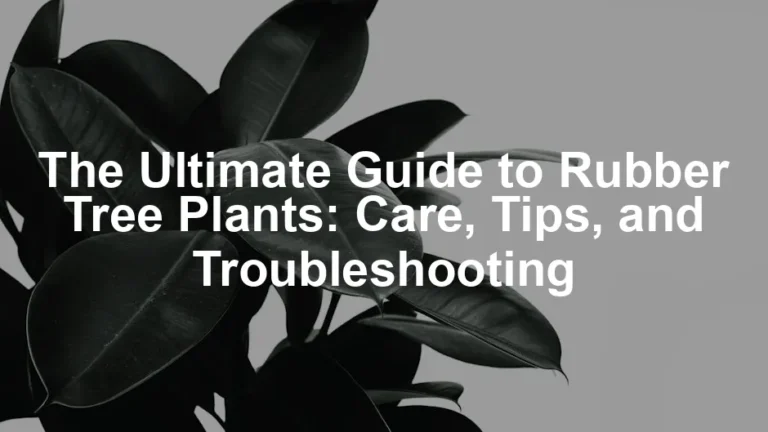

A Comprehensive Guide to Pond Plants: Enhance Your Aquatic Paradise
Introduction
Pond plants are vital for a thriving ecosystem. They improve water quality and provide beauty to your water garden. By choosing a mix of plants, you can create a vibrant aquatic paradise that supports wildlife and enhances your pond’s charm.
Summary and Overview
Pond plants come in several categories: marginal, submerged, and floating. Marginal plants grow at the water’s edge, while submerged plants live below the surface. Floating plants rest on the water and create a lovely aesthetic. These plants play crucial roles, such as filtering water, oxygenating it, and offering habitats for fish and insects. Selecting the right plants is essential. Consider your pond’s size, light, and depth to ensure a healthy environment.
Speaking of selecting the right plants, don’t forget to check out the Water Lily Plant. These stunning flowers not only beautify your pond but also provide shade and habitat for aquatic life.
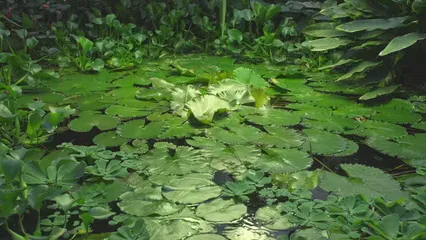
Choosing the Right Pond Plants
Guidelines for Selecting Pond Plants
When it comes to picking pond plants, several factors are crucial for success. First, think about size compatibility. Choose plants that match the scale of your pond. A tiny pond can become overcrowded with large plants.
Next, consider depth requirements. Some plants thrive in shallow water, while others prefer deeper areas. Check the specific needs of each plant to avoid issues later on.
Surface coverage is another key element. Aim for about half of your pond’s surface area to be covered with plants. This balance helps control algae growth and provides shade for fish.
Oxygenating plants are essential for a healthy pond. They release oxygen into the water, supporting fish and other aquatic life. Examples include Anacharis and Hornwort. Adding these plants can significantly improve water quality.
Lastly, be cautious about invasive species. Some plants can take over your pond, choking out native species. Always research and opt for non-invasive varieties to maintain balance.
Statistics show that choosing the right plants can reduce pond maintenance by up to 30%. Healthier plants lead to cleaner water and less manual upkeep. By carefully selecting your pond plants, you create a thriving aquatic ecosystem that looks beautiful and functions effectively.

To learn more about how to maintain your pond plants effectively, check out these seasonal maintenance tips for self-watering container gardens in fall 2024.
Types of Pond Plants
Pond plants come in various types, each serving unique purposes in your aquatic ecosystem. Understanding these categories can help you create a stunning and functional water garden. Let’s take a closer look at the different types of pond plants.
Marginal Plants
Marginal plants grow at the water’s edge, partially submerged. They thrive in shallow areas, making them perfect for the periphery of your pond. These plants often have strong root systems that stabilize the soil. Popular examples include Cattails Seeds and rushes. Cattails boast tall, slender stalks topped with brown flower spikes. Rushes, on the other hand, have round stems and are often found in clusters.
Marginal plants offer many benefits. They help filter pollutants from the water, improving overall quality. Additionally, these plants provide shelter for fish and frogs. They also attract beneficial insects, enhancing biodiversity. By incorporating marginal plants, you create a vibrant habitat that supports various wildlife.

Submerged Plants
Submerged plants live entirely underwater, playing a crucial role in oxygenating your pond. They absorb carbon dioxide and release oxygen, benefiting fish and other aquatic life. Key submerged plants include Hornwort and elodea. Elodea has delicate, feathery leaves that provide cover for small fish. Hornwort, with its bushy appearance, also offers excellent hiding spots.
To maintain submerged plants effectively, ensure they are planted at the right depth. Most prefer depths of 12-24 inches. Regularly check for any debris or algae that may hinder their growth. Keeping a healthy balance of submerged plants is essential for a thriving ecosystem.
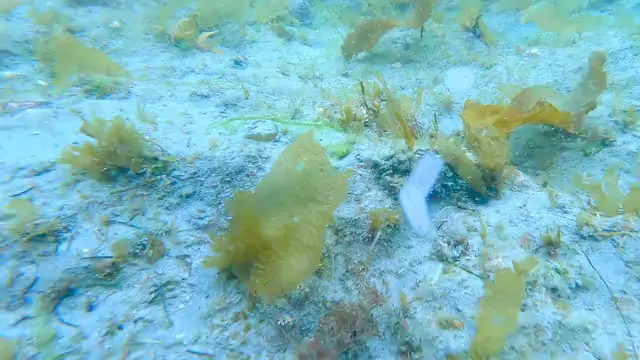
Floating Plants
Floating plants rest on the water’s surface, adding beauty and shade to your pond. They create a stunning visual display while providing important benefits. Popular choices include water lilies and duckweed. Water lilies bloom with vibrant flowers, creating a picturesque scene. Duckweed, a tiny green plant, covers the surface and helps control algae growth.
These floating plants play a significant role in keeping your pond healthy. They block sunlight, reducing algae proliferation. This shading effect keeps water temperatures stable, creating a favorable environment for fish. Adding a mix of floating plants enhances both the aesthetic and ecological balance of your pond.
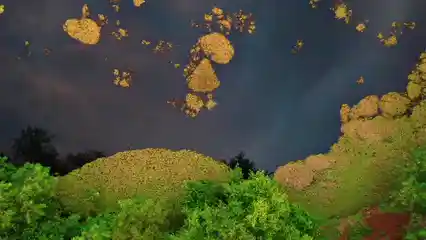
Emergent Plants
Emergent plants grow partially above the water, with roots submerged. They provide essential habitats for various wildlife, including birds and insects. Examples include pickerel weed seeds and sweet flag. Pickerel weed features striking purple flowers, attracting pollinators. Sweet flag has a unique aroma and adds texture to your pond’s landscape.
Emergent plants contribute to the ecosystem by providing shelter and food. Birds often build nests among these plants, while insects find refuge within their leaves. By including emergent plants, you enhance the ecological diversity of your pond.

Oxygenating Plants
Oxygenating plants are vital for maintaining pond health. They produce oxygen through photosynthesis, supporting fish and other aquatic organisms. Effective oxygenators include Anacharis and cabomba. Anacharis grows rapidly and is known for its dense foliage. Cabomba has unique fan-like leaves that provide excellent cover.
Incorporating oxygenating plants helps maintain clear water and a balanced ecosystem. They absorb excess nutrients that would otherwise promote algae growth. Regular maintenance, such as trimming back overgrown plants, ensures they remain effective. By prioritizing oxygenating plants, you create a healthier environment for all pond inhabitants.

Choosing the right mix of pond plants is crucial for creating a thriving ecosystem. Each type plays a distinct role, contributing to water quality, wildlife habitat, and overall beauty. Consider your pond’s specific conditions when selecting plants to ensure a harmonious aquatic paradise.
Planting and Maintenance Tips
Best Practices for Planting
When planting pond plants, timing is crucial. Early spring is ideal for most species. The water is warming up, and plants can establish roots before summer.
Start by preparing the planting area. Remove weeds and debris to give your plants a strong start. For many plants, use containers or baskets filled with aquatic soil for pond plants. This helps keep the roots contained while allowing them to spread.
Spacing matters! Plants need room to grow. Follow the specific spacing recommendations for each type. For instance, marginal plants should be placed about 12 to 18 inches apart. This spacing allows them to flourish without competing too much for nutrients.
Placement is also important. Consider the light and depth needs of each plant. Some prefer shallow areas, while others thrive in deeper water. Taking these factors into account ensures your plants will thrive.

Maintenance Guidelines
Regular care is essential for healthy pond plants. Pruning is a key task. Trim back overgrown stems to encourage new growth. This practice also prevents plants from crowding each other.
Fertilization can enhance growth, but use it sparingly. Pond plant fertilizer is best for aquatic plants. Apply them during the growing season, following the recommended guidelines.
Seasonal changes require attention too. In the fall, remove dead foliage to prevent decay in the water. As temperatures drop, some plants may go dormant. Covering them with mulch can protect roots from freezing.
Watch out for common pests like aphids and snails. Introduce beneficial insects, like ladybug habitat kits, to control pest populations naturally. If pests become a problem, consider using insecticidal soap as a last resort.
Diseases can also affect pond plants. Fungal infections can spread quickly in warm, stagnant water. Ensure good airflow around plants and avoid overcrowding to minimize this risk.
By following these planting and maintenance tips, you’ll foster a vibrant and healthy pond ecosystem.

Creating a Balanced Ecosystem
Interactions Between Pond Plants and Wildlife
Pond plants do more than beautify your water garden; they attract wildlife. For example, water lilies provide excellent cover for frogs. These plants offer shade and a safe place for tadpoles to grow.
Dragonflies are also drawn to specific pond plants. They lay their eggs in submerged vegetation, ensuring that future generations thrive. These insects control mosquito populations, making your pond more enjoyable.
Biodiversity is crucial for a balanced ecosystem. A mix of plants creates a habitat for various species. The more diverse your plant life, the more wildlife will visit your pond.

To enhance biodiversity in your garden, consider exploring ways to enhance biodiversity in your garden for insect support.
Managing Water Quality
Pond plants play a vital role in maintaining water quality. They filter pollutants and excess nutrients, keeping the water clean. This natural filtration helps prevent algae blooms, which can harm aquatic life.
To maintain optimal water conditions, regularly monitor the water’s pH and nutrient levels. Aim for a pH between 6.5 and 8.5 for most pond plants. If levels are too high, consider adding more plants to balance the ecosystem.
Additionally, remove debris and fallen leaves, as they can decay and degrade water quality. Regularly check for signs of algae and take action if it becomes a problem.
By managing water quality and encouraging wildlife interactions, you’ll create a thriving environment for all pond inhabitants.
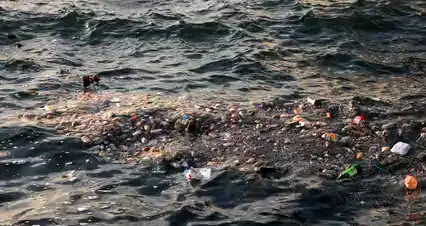
Conclusion
Pond plants are essential for a thriving aquatic ecosystem. They improve water quality and provide shelter for wildlife. Choosing the right mix of plants enhances the beauty and functionality of your pond. From oxygenating plants to vibrant flowers, each type offers unique benefits.
Explore different plant options to create your ideal aquatic environment. Your pond deserves a diverse range of plants to flourish. Dive into this exciting journey and transform your water garden into a stunning paradise.
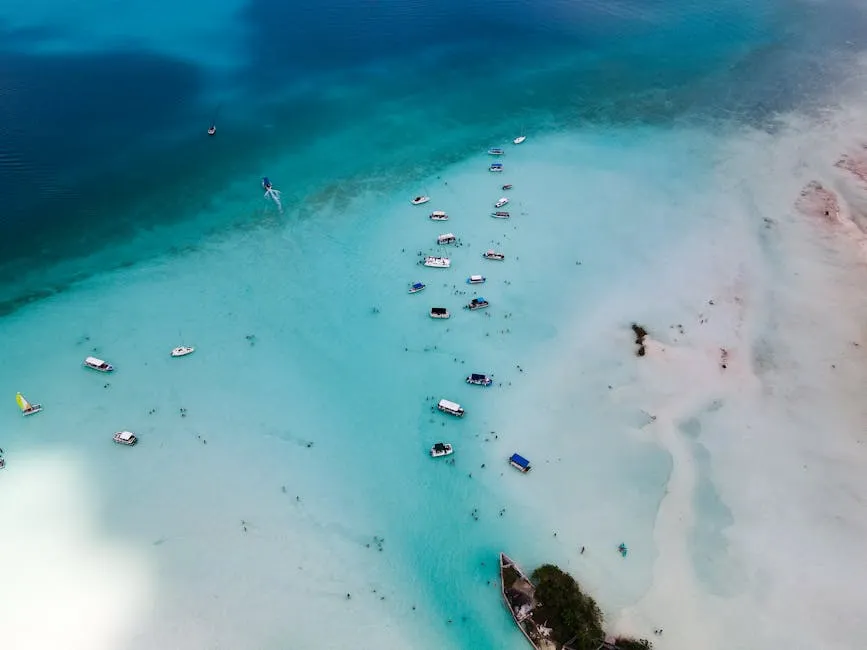
For guidance on creating a wildlife habitat in your backyard, check out this resource on how to create a backyard wildlife habitat.
FAQs
What are the best plants for a small pond?
When selecting plants for a small pond, size matters. Choose compact varieties to prevent overcrowding. Great options include dwarf water lilies, which bloom beautifully without overwhelming the space. Another choice is the tiny duckweed, which floats gracefully on the surface. For a touch of greenery, consider marginal plants like dwarf cattails or irises. These plants thrive in shallow areas and won’t take over your pond.
How do I prevent my pond plants from becoming invasive?
To avoid invasive plants, research before purchasing. Look for native or non-invasive species that won’t dominate your pond. Certain plants, like water hyacinth, can quickly spread and disrupt your ecosystem. Always consult local gardening resources for recommendations on safe plant choices. Regular maintenance is also vital. Monitor your plants and remove any that start to spread aggressively. By being proactive, you can maintain a balanced pond environment.
Can I grow pond plants in containers?
Yes, growing pond plants in containers is a fantastic option! This method allows for easier management and prevents unwanted spread. Select containers made of porous materials to promote healthy root growth. Fill them with aquatic soil, and choose suitable plants for your container size. Consider using submerged plants like anacharis or floating plants such as water lettuce. This approach can enhance your pond’s beauty while keeping your plants organized.
What are the benefits of oxygenating plants?
Oxygenating plants are crucial for pond health. They release oxygen into the water, supporting fish and other aquatic life. Plants like hornwort and elodea help maintain clear water by absorbing excess nutrients. This process reduces algae growth, keeping your pond clean and balanced. Moreover, oxygenating plants provide hiding spots for fish and other wildlife, enhancing biodiversity. By including these plants, you promote a thriving aquatic ecosystem.
How deep should I plant my pond plants?
Planting depths vary by species. Marginal plants thrive in 6-12 inches of water, while submerged plants prefer depths of 12-24 inches. Floating plants, on the other hand, can rest on the surface without any soil. Always check specific depth requirements for each plant type to ensure healthy growth. Proper planting depth helps maintain the right conditions for your aquatic life and promotes a vibrant pond ecosystem.
Please let us know what you think about our content by leaving a comment down below!
Thank you for reading till here 🙂
All images from Pexels
